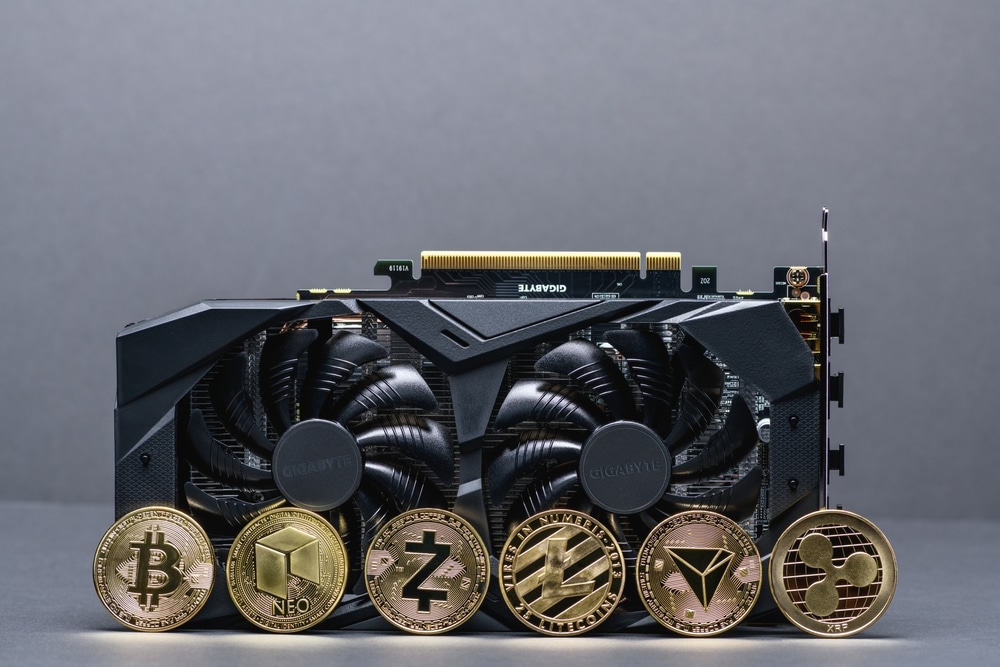Sometimes, you may notice a delay when executing a crypto transaction, like transferring tokens to a particular wallet address. Your delayed transaction is normally held in a “mempool.” But what is it? Well, you will learn everything about a mempool in this guide. Please continue reading.
What’s a Mempool?
We can describe a mempool as a waiting room for keeping unmined transactions. All pending transactions are stored in a mempool before being included in a blockchain.
Bitcoin, the oldest and the biggest blockchain, was the first to introduce the mempool concept, which was later adopted by other top networks like Ethereum and Solana.
Mempool Role in Crypto Transactions
For your transaction to be executed, it must be approved by a validator or a miner. But this does not occur instantly. Most times, there is a delay between when you initiate the transaction and when it’s completed. And that’s where a mempool proves helpful, as it stores your transaction until it’s confirmed and added to the network. It is important to mention that all leading blockchains have more than one mempool.
Mempool Transaction Lifecycle
To better understand the mempool transaction lifecycle, let’s use an example. Assuming you want to transfer 1 ETH to a friend, here is the process that the digital asset will undergo to reach its destination:
Step 1: First, you have to initiate the transaction by entering the wallet address of your friend in the “Withdrawal” tab, along with the amount of ETH tokens to be sent, then press “Send.”
Step 2: Your transaction will then be added to a mempool, and its status will change to “Queued”
Step 3: After that, blockchain nodes will be able to see the transaction to verify its authenticity before adding it to the blockchain.
Step 4: If a node approves the transaction, then its status changes to “Pending.”
Step 5: A validator/miner picks the pending transaction and adds it to a block.
Step 6: The block with your transaction then gets broadcasted to nodes to complete the transfer process.
Step 7: Your friend’s wallet receives the 1 ETH.
Mempool Backlog and Congestion
Congestion in mempools is common. It happens when users initiate more transactions than the required number for a single block.
What causes mempool backlog? Several factors, including:
Network congestion: For example, if a blockchain is witnessing massive transaction volumes, the available blocks may not be enough to include many transactions at once, thus causing congestion in the mempools.
News or events: Developments that affect the crypto industry, such as airdrops, entry of traditional investors, and token launches, can cause transaction demand to spike, leading to a mempool backlog.
Network upgrades: When a particular blockchain wants to roll out an upgrade, it requires nodes to make some updates. During this period, congestion in mempools is likely.
Transaction Prioritization
With multiple transactions happening simultaneously, miners and validators usually prioritize transactions with high gas fees. This means for your transaction to be added to a network quickly, you must pay the highest gas fee.
Mempool Size
The size of each transaction in a mempool is measured in kilobytes, and their total size represents the size of that mempool. While there are no predetermined maximum sizes for mempools, nodes have the ability to limit the sizes of these mempools. Therefore, if a mempool reaches the limit, the node can impose a certain transaction fee to remove all transactions with fees below the stated figure. This helps to reduce congestion in the mempool.
Understanding how the size of a mempool can affect transaction fees is critical as it helps you determine the right to conduct a crypto transaction. Several platforms that track mempool sizes on Bitcoin are already available. They include BitcoinTicker.co and mempool.space.
Conclusion
It is evident that mempools play a huge role in facilitating crypto transactions. Therefore, it is important for crypto users to have a good understanding of the mempool mechanics like fee prioritization, transaction queuing, and validation.
At Tokenhell, we help over 5,000 crypto companies amplify their content reach—and you can join them! For inquiries, reach out to us at info@tokenhell.com. Please remember, cryptocurrencies are highly volatile assets. Always conduct thorough research before making any investment decisions. Some content on this website, including posts under Crypto Cable, Sponsored Articles, and Press Releases, is provided by guest contributors or paid sponsors. The views expressed in these posts do not necessarily represent the opinions of Tokenhell. We are not responsible for the accuracy, quality, or reliability of any third-party content, advertisements, products, or banners featured on this site. For more details, please review our full terms and conditions / disclaimer.

